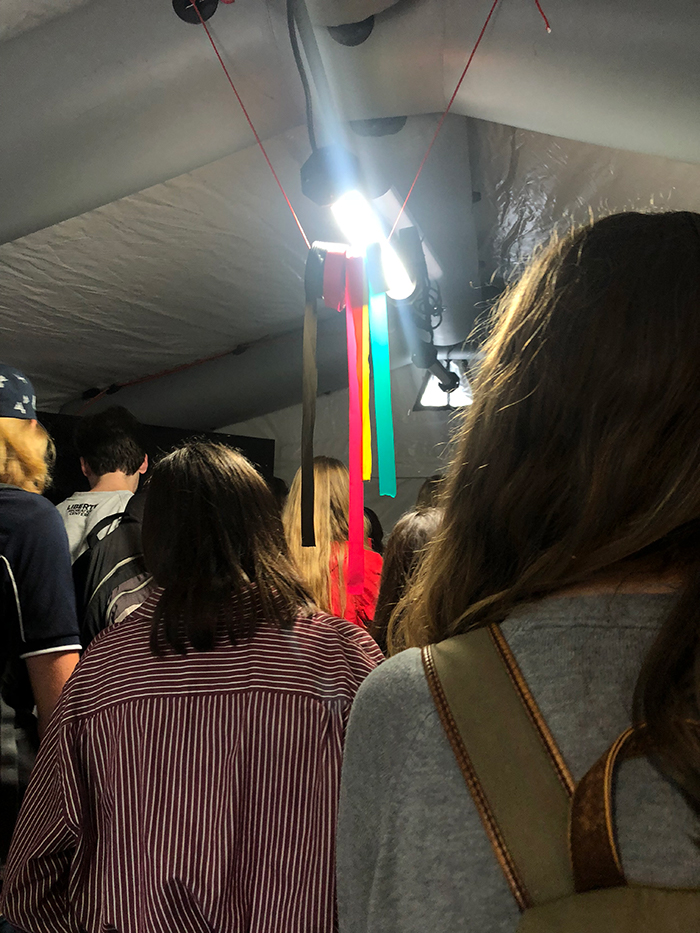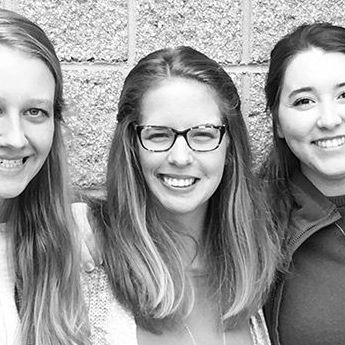- Programs
- Discover Liberty
- Get to Know Liberty
- The Liberty Story
- Who We Are
- What We Believe | Liberty University’s Mission
- Visiting Opportunities
- Take a Virtual Tour
- Academic Life
- Colleges & Schools
- Academic Success
- Practical Learning
- Leadership Training
- Career & Professional Development
- Convocation
- Campus Life
- On-Campus Dining
- On-Campus Housing
- Health & Wellness
- Campus Map
- Campus Safety
- Student Care & Counseling
- Diversity
- Spiritual Life
- Global Outreach
- Local Outreach
- Worship & Discipleship
- Getting Started
- Visiting Opportunities
- Home
- College For A Weekend (CFAW)
- CFAW for Parents
- TourLU
- DecideLU
- ExperienceLU
- Graduate Visits
- Planning and Visitor Guide
- Travel Reimbursement
- Virtual Experiences at LU
- Admissions & Tuition
- Admission Process
- Important Dates and Deadlines
- Admissions Checklist
- Liberty University’s Admission Requirements
- International Admissions
- Graduate Admissions
- Financial Aid
- Liberty University’s Tuition and Costs
- Virginia Residents
- Submit Your Enrollment Deposit
- Financial Check-In (FCI)
- Virtual Admissions Session
- Future Students
- Future Students
- Future Student Homepage
- Is Liberty Right for Me?
- How Will Liberty Prepare Me for My Future?
- Can I Afford Liberty?
- What Does Liberty’s Admission Process Look Like?
- What is Living on Campus Like?
- How Will I Have Fun?
- Will I Feel Safe & Supported?
- How Will I Connect with the Social Issues that Matter to Me?
- How Will Faith Play a Role in My Life at Liberty?
- Annual Security Report
- Annual Security Report 2023
- Parents
Samaritan’s Purse Field Hospital

Global Focus Week draws 50+ global organizations to Liberty’s campus to recruit students for overseas mission trips, internships, and job opportunities. This year, Samaritan’s Purse set up a field hospital for our students to tour! As I walked through the hospital, I learned a lot about the services Samaritan’s Purse offers to people experiencing trauma crises.
1. Triage Unit
The hospital is divided into four sections, with the first tent being the triage unit! The mock hospital here on campus had four tents, but a field hospital deployed to Mosul had eighteen. When a patient enters triage, a nurse assigns him or her a colored band, and each of the four colors signifies different needs. If a patient has a green or yellow band, that means that he or she can either wait several hours before receiving care (green) or is sick with some type of illness (yellow). Most patients visiting the field hospital receive red bands, which means they have a severe injury that requires immediate care, whereas black bands signify that the patient isn’t likely to survive regardless of the care they receive. In Mosul, most patients had red bands because they had been injured in a bomb blast or had received gunshot wounds.
2. Emergency Room
The second tent functions as the Emergency Room (ER). The nurse stationed in this tent also served in Mosul field hospital, and she said that the hospital served thousands of patients while it was deployed. In Mosul, most of the patients were either women or children. When we looked around the room, we noticed that there were not many supplies in the tent, even though the nurse told us that everything in the tent was an exact replica of an actual field hospital. She said that supplies were hard to transport into the various countries, so it was easier to take as little as possible. Because of the supply shortage, she and the other nurses would often have to use their creativity to craft what they needed to help give their patients the best care possible.

3. Intensive Care Unit
The Intensive Care Unit (ICU) contains only four beds in its tent. Because ICU patients require so much extensive care, the hospital can only afford to adequately care for four patients at a time. Two nurses are stationed in this tent on day shift and on night shift. Most shifts are twelve hours long unless the field hospital calls an “all-call” in the event of a sudden influx of patients.

4. Operating Room
The final tent in the field hospital is the Operating Room (OR). In this tent, surgeons operate on patients needing amputations, bullet removals, and more. Generally, surgeries lasted anywhere from one to six hours, and anesthesiologists used equipment just like they would use here in the States. In an adjoining room, other workers sterilized instruments in between procedures. Even though the field hospitals are only deployed temporarily, doctors and nurses work together to keep everything as close as they can to a typical hospital setting.

Touring the field hospital was such a humbling experience for me. As a kid who has been in and out of a hospital before, I can’t even begin to imagine what it would be like to receive a traumatic injury and go to a field hospital outside of my war-torn city. I am so thankful for the work of Samaritan’s Purse as they minister to people in Jesus’ Name!
To learn more about the work of Samaritan’s Purse and how you can get involved, click here!






